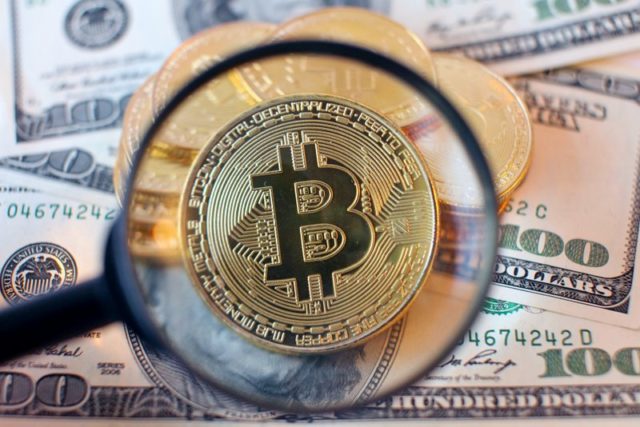- The Mexican Peso is at risk of suffering a reversal against the Dollar following the publication of the Minutes of the FOMC meeting.
- The Minutes showed a reluctance to lower interest rates, how the labor market was key and the possibility of raising interest rates.
- The USD/MXN threatens to reverse the trend after completing a bullish retracement in the last two days.
He Mexican peso (MXN) stabilizes on Thursday after two days of falls against the US dollar (USD)while operators remain awaiting the data that will be published from Mexico.
The dollar's recovery gained momentum on Wednesday, following the release of Federal Reserve (Fed) meeting minutes, which showed policymakers are reluctant to lower interest rates amid persistent inflationary pressures.
His view that interest rates should stay high for longer supported the USD, as higher interest rates attract greater foreign capital inflows.
At the time of writing, the USD/MXN pair is trading at 16.65, while the EUR/MXN pair was trading little changed at 18.03 and the GBP/MXN pair was up on the strength of the British Pound at 21.19.
The Mexican Peso stagnates in its upward trend after the FOMC Minutes
The Mexican peso lost more ground against the US dollar on Wednesday, following the publication of the Minutes of the Federal Open Market Committee (FOMC) corresponding to the monetary policy meeting from April 29 to May 1.
The summary of the discussions revealed that, although policymakers had hoped that price pressures would eventually ease, they had not fallen fast enough and, therefore, the current official interest rate of between 5.25% and 5.50% should remain “at least until September”, according to FXStreet.
The strength of the labor market emerged as a key factor in determining future policy.
The possibility of raising interest rates to reduce inflation in a sustainable manner was also discussed as an option. This added a new, more aggressive element to proceedings and echoed similar discussions in the Reserve Bank of Australia (RBA) meeting minutes.
The Minutes catalyzed a rally in the US Dollar, driving the subsequent rise in USD/MXN.
Data day in Mexico
On Thursday at 12:00 GMT, economic data for Mexico will be published.
Among them are the final estimate of the Mexican Gross Domestic Product (GDP) for the first quarter, the Semiannual Inflation for May and the Economic Activity data for March.
Following this, the Minutes of the May monetary policy meeting of the Bank of Mexico (Banxico) will be published at 15:00 GMT, which could lead to greater volatility.
In the United States, the May Purchasing Managers' Index (PMI) will be released at 13:45 GMT, which could affect the US dollar.
Technical Analysis: USD/MXN validates a day of bullish reversal
The USD/MXN – or the number of Pesos that can be purchased with one US Dollar – advances on Thursday after forming a bullish reversal day that obtained confirmation of Wednesday's bullish close (shaded rectangle in the lower chart).
USD/MXN Daily Chart
The reversal pattern was validated by Wednesday's bullish close and could be a sign that the trend could reverse. A closing break above the green downtrend line would be needed to confirm a short-term trend reversal.
On Tuesday, USD/MXN reached the conservative target, at 16.54, for the breakout of the range that formed from mid-April to early May. The conservative estimate is calculated as the 0.618 Fibonacci ratio of the range height extrapolated downward.
The pair remains in a downtrend and there remains a high risk that further downtrend will take it lower. The next bearish target is 16.34, the full height of the extrapolated downward range. A break below Tuesday's low at 16.53 would signal a continuation of the downtrend.
Since the medium and long-term trends are also bearish, the probabilities favor declines even more.
economic indicator
first quarter inflation
The underlying inflation index for the first semester published by the Bank of Mexico is a measure of price developments by comparing the retail prices of a representative shopping basket of goods and services. The purchasing power of the Mexican peso is dragged down by inflation. The inflation rate is a key indicator as it is used by the central bank to set interest rates. Generally speaking, a high reading is considered positive (or bullish) for the Mexican peso, while a low reading is considered negative (or bearish).
Source: Fx Street
I am Joshua Winder, a senior-level journalist and editor at World Stock Market. I specialize in covering news related to the stock market and economic trends. With more than 8 years of experience in this field, I have become an expert in financial reporting.








